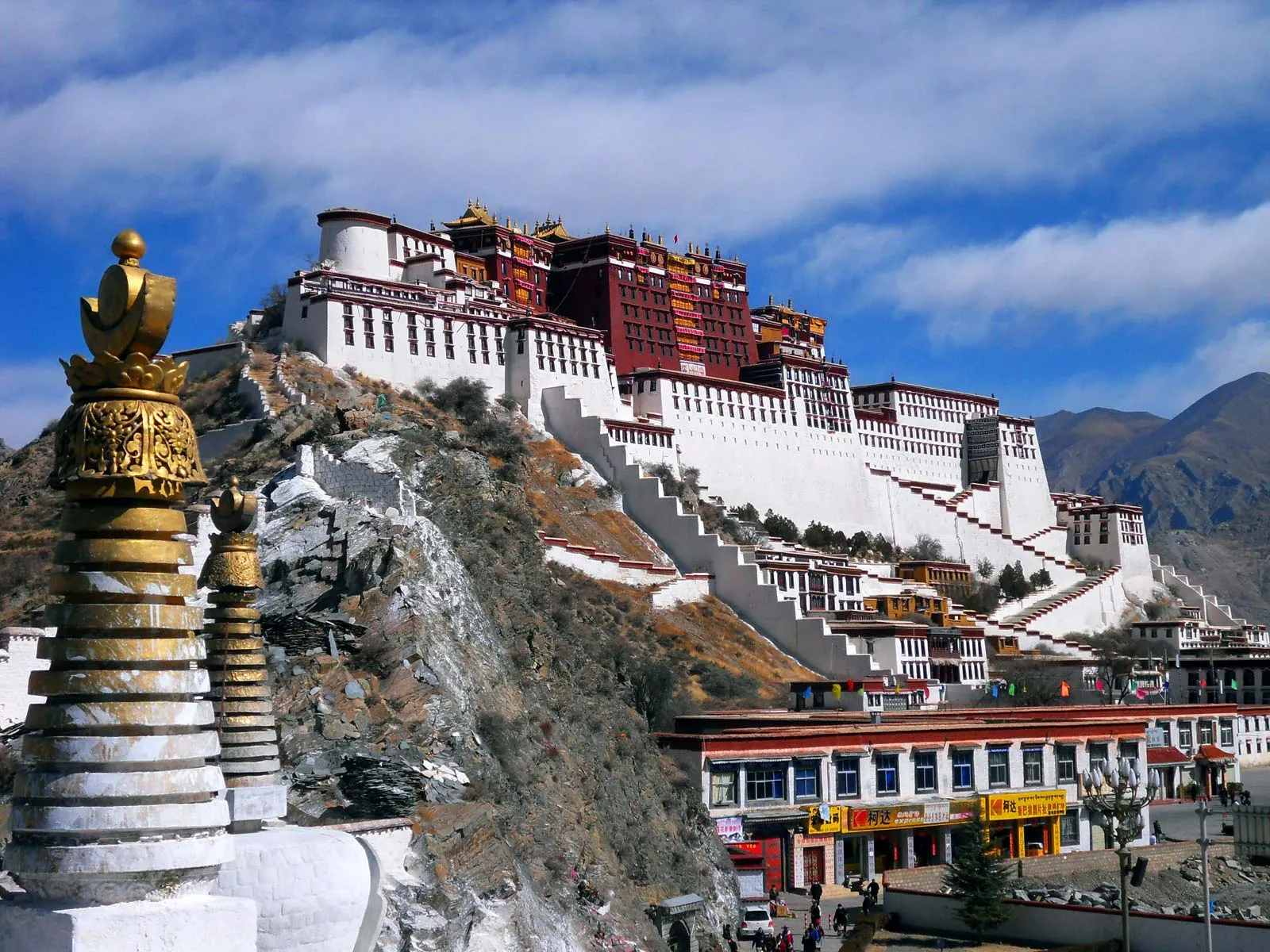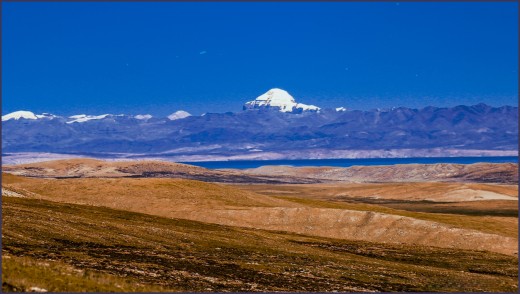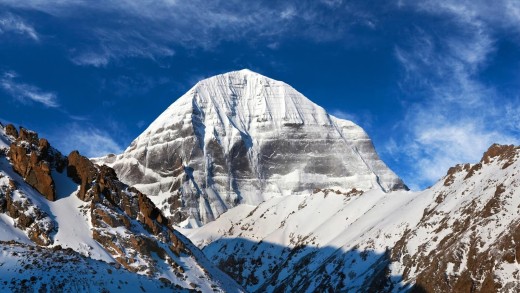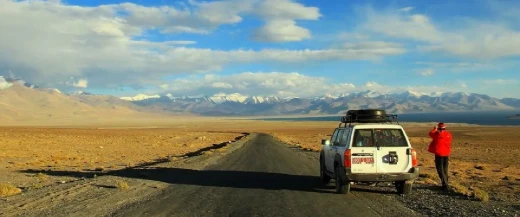Exploring Tibet: Roof of the World

Tibet, often referred to as the "Roof of the World," is a land of unparalleled beauty, profound spirituality, and cultural richness. Nestled amidst the world’s highest mountains, this mystical region offers travelers a unique blend of awe-inspiring landscapes, centuries-old traditions, and sacred sites. From its towering peaks and deep canyons to its serene monasteries and vibrant cities, Tibet is a destination that captivates every soul.
The Allure of Tibet
Tibet is a rare gem in the world, combining raw wilderness with deeply ingrained spiritual essence. Buddhism permeates every aspect of life, influencing the region’s history, culture, and people. Travelers to Tibet will find themselves immersed in a world where ancient beliefs blend harmoniously with nature. The charm of Tibet lies not only in its breathtaking geography but also in its resilient people and their way of life.
Natural Wonders: Explore majestic rivers like the Tsangpo River (Brahmaputra) and the iconic Yellow River.Marvel at the Yarlung Tsangpo Grand Canyon, one of the deepest and longest canyons on Earth.Witness pristine landscapes surrounded by the towering Himalayan and Trans-Himalayan ranges.
Historical Overview
Tibet’s history dates back over 21,000 years. Its unification began under the rule of Emperor Songsten Gampo (604-650 CE), who established a powerful Tibetan empire. Songsten Gampo is celebrated for marrying Bhrikuti, a Nepalese princess, strengthening the ties between Tibet and Nepal.
Tibet’s modern history reflects its resilience. Despite external influences, Tibet has maintained its unique identity, preserving its traditions and culture. Today, it remains a treasure trove of historical and spiritual significance.
Major Cities and Attractions
Tibet is home to about 800 settlements, with Lhasa as its vibrant capital. Key highlights include:
- Lhasa: Visit UNESCO World Heritage Sites like the Potala Palace and Norbulingka. Explore sacred sites such as Jokhang Temple and Ramoche Temple.
- Shigatse: The second-largest city in Tibet, home to Tashilhunpo Monastery, the traditional seat of the Panchen Lama.
- Gyantse and Qamdo: Smaller yet historically rich towns offering glimpses into traditional Tibetan lifestyles.
Beyond these cities, vast areas of Tibet remain untouched by modernity, making it an ideal destination for those seeking wilderness and solitude.
The Economy of Tibet
Tibet’s economy is predominantly agricultural. Subsistence farming and livestock raising form the backbone of daily life. Major crops include:
- Barley
- Wheat
- Potatoes
Tourism also plays a crucial role in Tibet’s economy. With its rising popularity, local handicrafts like prayer wheels, thangka paintings, and traditional jewelry have become sought-after souvenirs, providing additional income to locals.
Must-Visit Sites in Tibet
For those planning a trip to Tibet, these destinations should top your list:
- Mount Kailash: A sacred peak revered by multiple religions, offering unparalleled spiritual energy.
- Lake Mansarovar: A pristine freshwater lake believed to cleanse sins and bestow enlightenment.
Why Tibet Should Be on Your Travel List
Tibet’s allure lies in its ability to transport you to a world untouched by time. It offers:
- Majestic natural beauty unlike anywhere else on Earth.
- A rich tapestry of history and culture.
- Spiritual experiences that leave a lasting impact.
Travel Tips for Tibet
- Acclimatize Properly: Given Tibet’s high altitude, spend 1-2 days acclimatizing upon arrival.
- Travel Permits: Ensure your travel agency arranges the necessary permits for Tibet.
- Best Time to Visit: Plan your trip from April to October for favorable weather.
- Respect Local Customs: Show reverence to Tibetan traditions and religious practices.



